Report this entry
More from the same community-collection
Walking for the American heart society of El Paso tx
Walking for the American heart society in downtown el paso
Walking for the American heart society of El Paso tx
Walking for the American heart society in downtown el paso
Evening in the Downtown - El Paso, Texas
A beautiful evening reflected in the building of the Courthouse. ...
Digital Wall Artwork in the late evening
Digital Wall Artwork in the late evening - Installed in March of ...
Digital Wall Artwork in the late evening
Digital Wall Artwork - Installed in March of 2015. "Digie, ...
Digital Wall Artwork in the late evening
Digital Wall Artwork - Installed in March of 2015. "Digie, ...
Digital Wall Artwork in the evening
Digital Wall Artwork in the evening - Installed in March of ...
Digital Wall Artwork in the evening
Digital Wall Artwork - Installed in March of 2015. Guests can ...
Digital Wall Artwork in the late evening
Digital Wall Artwork in the late evening - Installed in March of ...











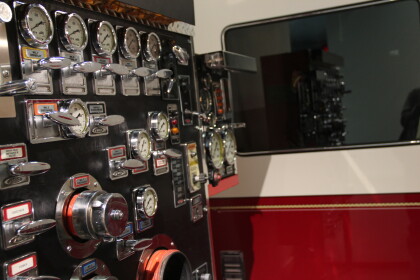
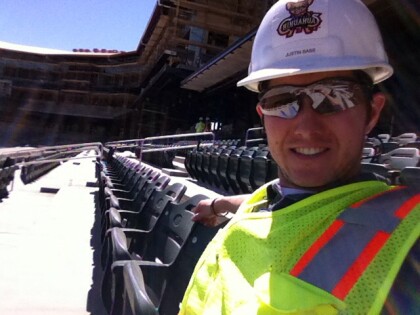
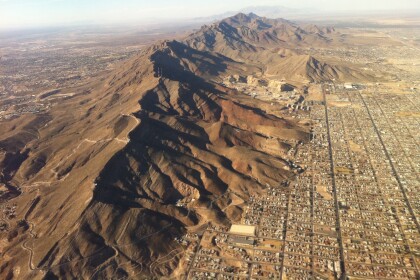


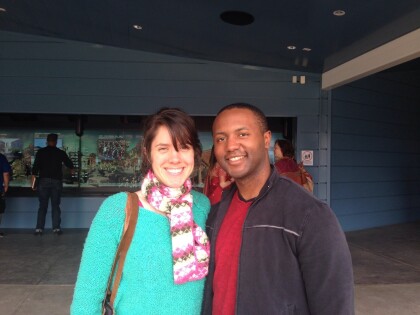
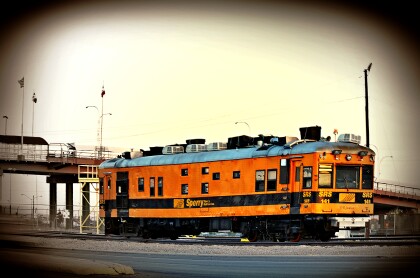
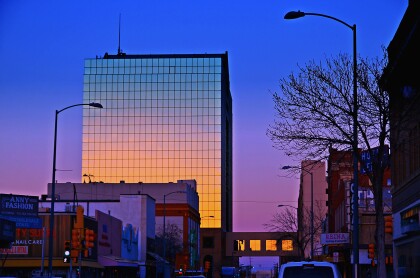
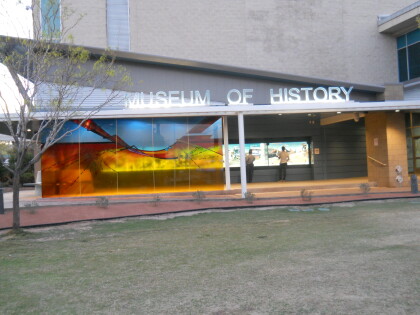
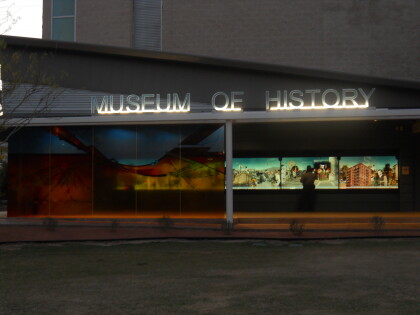
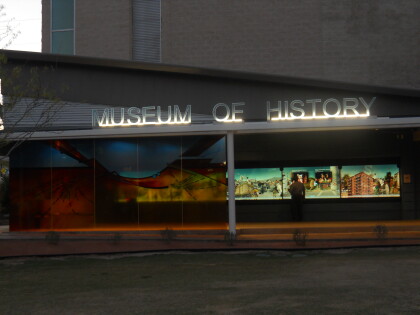
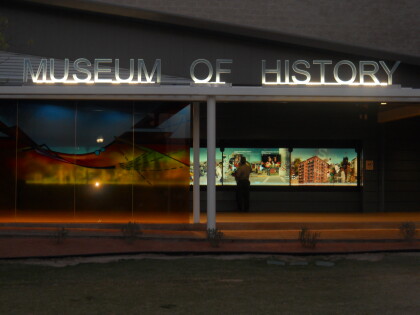
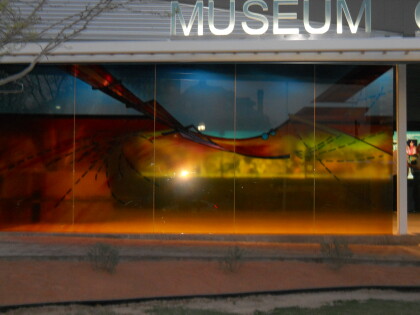
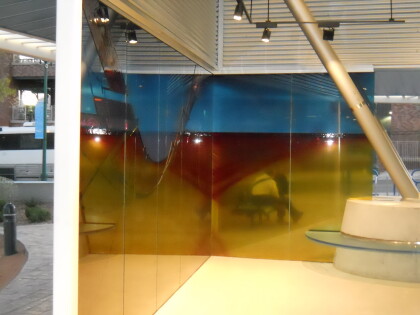
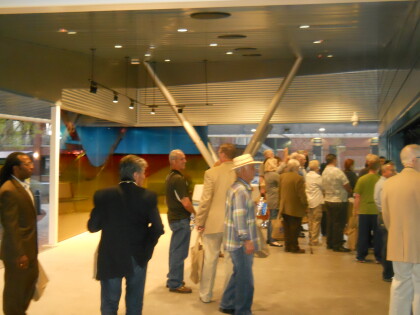
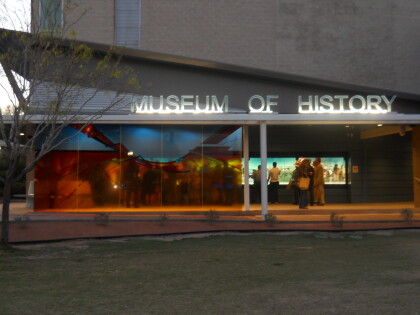
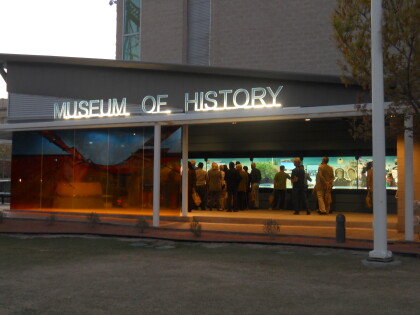
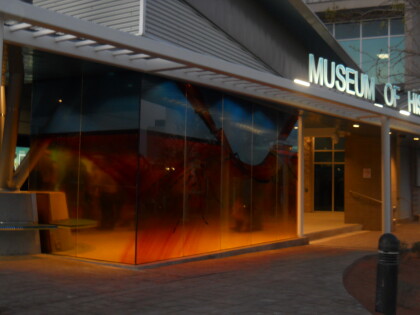
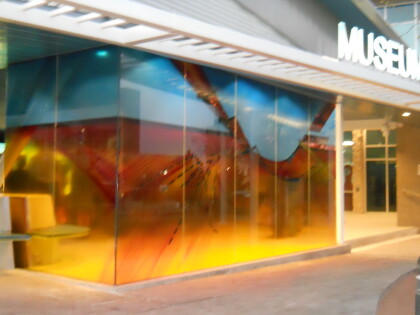
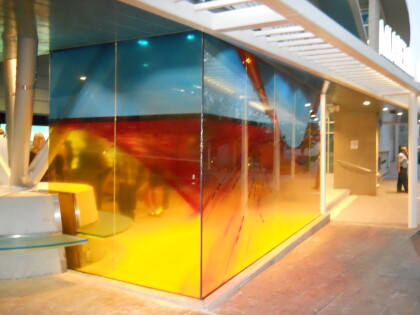
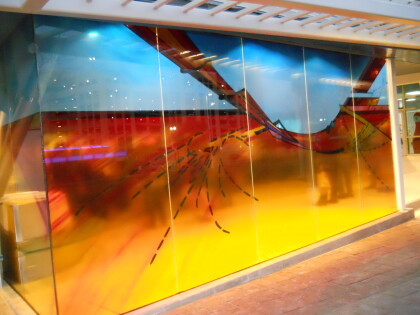
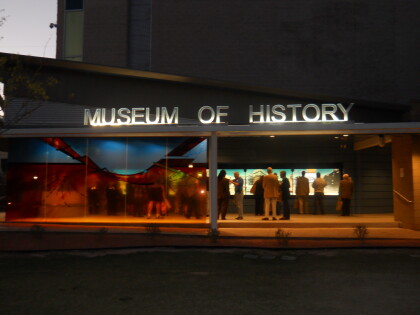
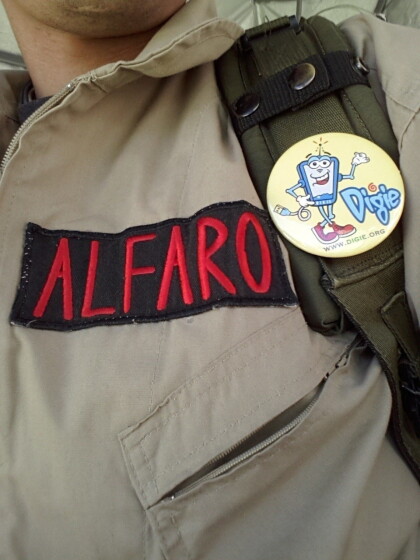
Comments
Add a comment